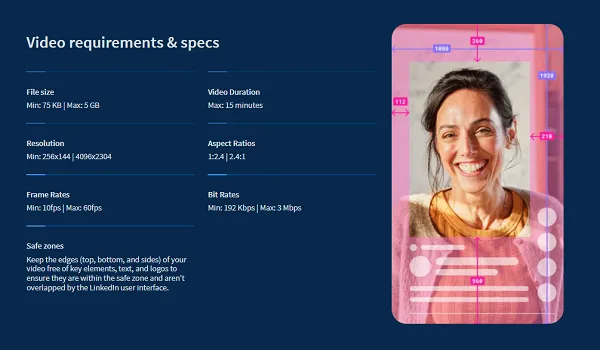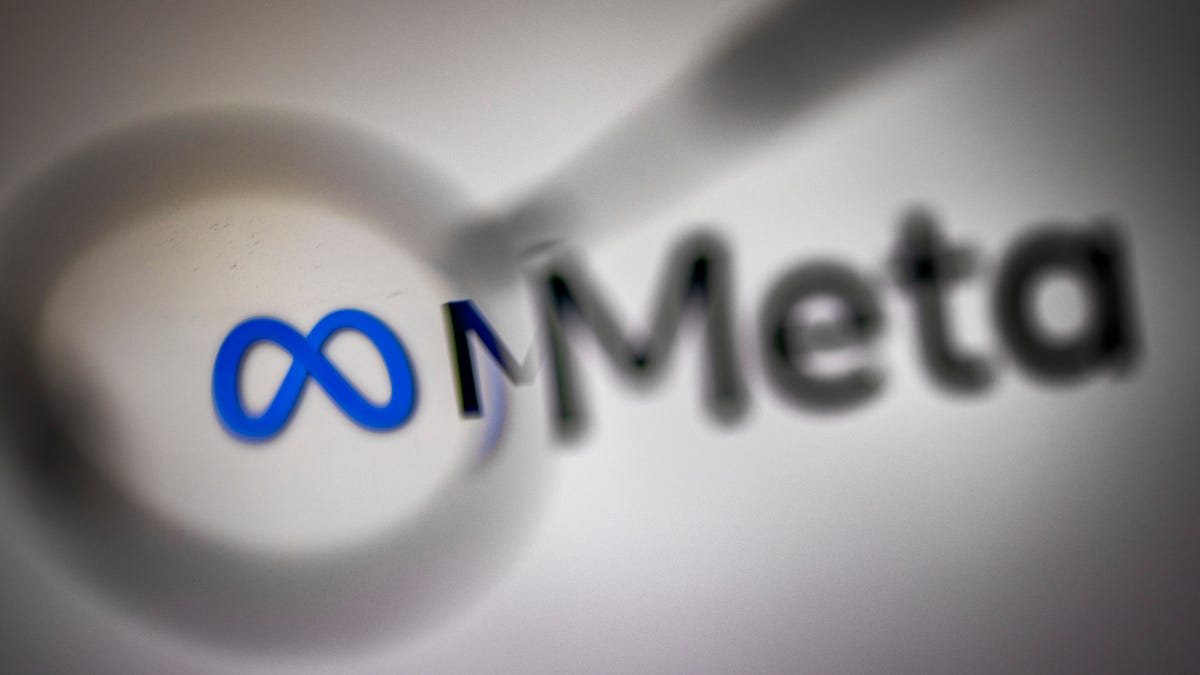ESMA Finalises Guidelines for EU Regulators on Detecting and Preventing Market Abuse in Crypto
The European Securities and Markets Authority (ESMA) has published its final guidelines for national authorities on how to prevent and detect market abuse in the crypto-asset sector. The guidelines were released today (Tuesday) and follow the implementation of the Markets in Crypto-Assets Regulation (MiCA), which began to apply on 30 December 2024.These guidelines are addressed to national competent authorities (NCAs) across the European Union. They aim to create a consistent approach to supervising the crypto market. ESMA says the goal is to reduce the risk of insider trading, unlawful disclosure of information, and market manipulation involving crypto assets.ESMA Advocates Proportional Approach to CryptoThe guidelines stress the importance of a risk-based and proportionate approach. Authorities are encouraged to focus their resources where the risks are higher. The guidance also recognises the fast-changing nature of crypto markets. It urges regulators to stay alert to new methods of abuse.ESMA has called for better coordination between EU regulators. The guidelines support information sharing between authorities to build a common understanding of risks. ESMA also suggests that regulators engage in dialogue with other public bodies, such as those focused on consumer protection or anti-money laundering.Guidelines Stress Supervision of Transaction FirmsA key feature of the guidelines is the need to monitor online activity. This includes social media, blogs, and podcasts. ESMA notes that these platforms are often used to spread false or misleading information about crypto assets. Automated tools may be used to detect suspicious patterns, followed by human analysis.The guidelines also outline expectations for supervising persons professionally arranging or executing transactions (PPAETs). NCAs are expected to ensure that these firms have proper systems in place to detect and prevent market abuse. The guidelines stress that oversight should depend on the nature and size of the firm’s business.When authorities receive suspicious transaction or order reports (STORs), they are instructed to follow a clear process. This includes assigning responsibility, grading the severity of the case, and taking appropriate actions.❓ It's Q&A day. #ESMA recently published new Q&As on:

The European Securities and Markets Authority (ESMA) has published its final guidelines for national authorities on how to prevent and detect market abuse in the crypto-asset sector. The guidelines were released today (Tuesday) and follow the implementation of the Markets in Crypto-Assets Regulation (MiCA), which began to apply on 30 December 2024.
These guidelines are addressed to national competent authorities (NCAs) across the European Union. They aim to create a consistent approach to supervising the crypto market. ESMA says the goal is to reduce the risk of insider trading, unlawful disclosure of information, and market manipulation involving crypto assets.
ESMA Advocates Proportional Approach to Crypto
The guidelines stress the importance of a risk-based and proportionate approach. Authorities are encouraged to focus their resources where the risks are higher. The guidance also recognises the fast-changing nature of crypto markets. It urges regulators to stay alert to new methods of abuse.
ESMA has called for better coordination between EU regulators. The guidelines support information sharing between authorities to build a common understanding of risks. ESMA also suggests that regulators engage in dialogue with other public bodies, such as those focused on consumer protection or anti-money laundering.
Guidelines Stress Supervision of Transaction Firms
A key feature of the guidelines is the need to monitor online activity. This includes social media, blogs, and podcasts. ESMA notes that these platforms are often used to spread false or misleading information about crypto assets. Automated tools may be used to detect suspicious patterns, followed by human analysis.
The guidelines also outline expectations for supervising persons professionally arranging or executing transactions (PPAETs). NCAs are expected to ensure that these firms have proper systems in place to detect and prevent market abuse. The guidelines stress that oversight should depend on the nature and size of the firm’s business.
When authorities receive suspicious transaction or order reports (STORs), they are instructed to follow a clear process. This includes assigning responsibility, grading the severity of the case, and taking appropriate actions.
❓ It's Q&A day. #ESMA recently published new Q&As on:




![AI Experts Don’t Believe AI Tools Will Lead to Mass Job Losses [Infographic]](https://imgproxy.divecdn.com/gcXE1_Da13Oz-JAszjUwb6v5UqMp2MFMjDAIXPbLad0/g:ce/rs:fit:770:435/Z3M6Ly9kaXZlc2l0ZS1zdG9yYWdlL2RpdmVpbWFnZS9haV9qb2JfbG9zc2VzLnBuZw==.webp)
























































































































































































